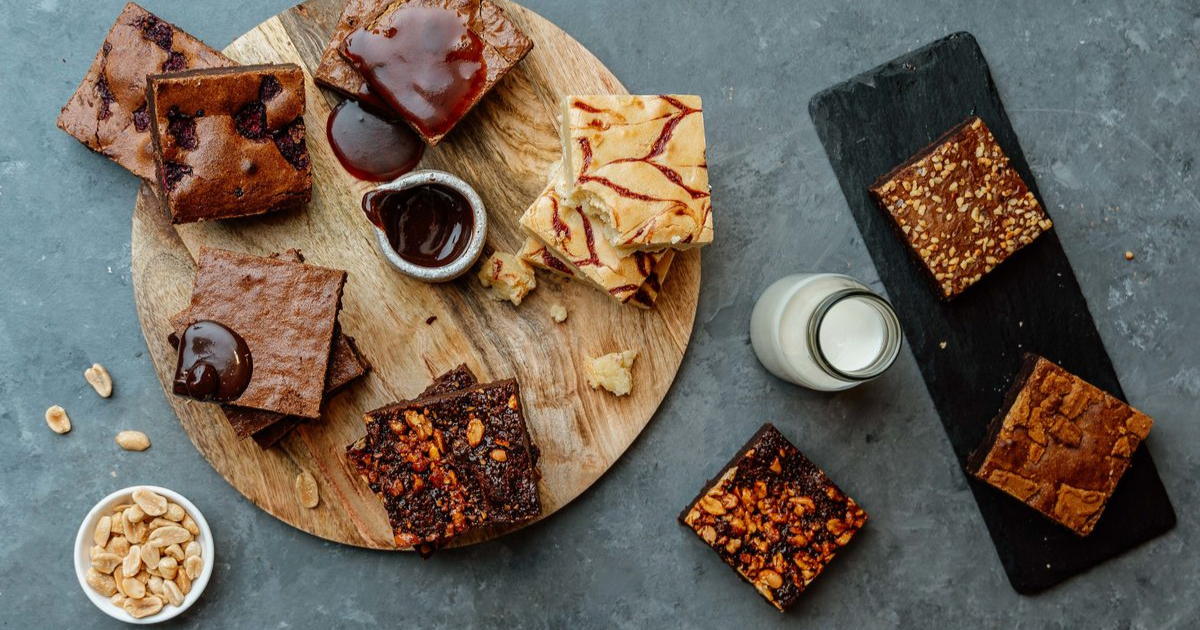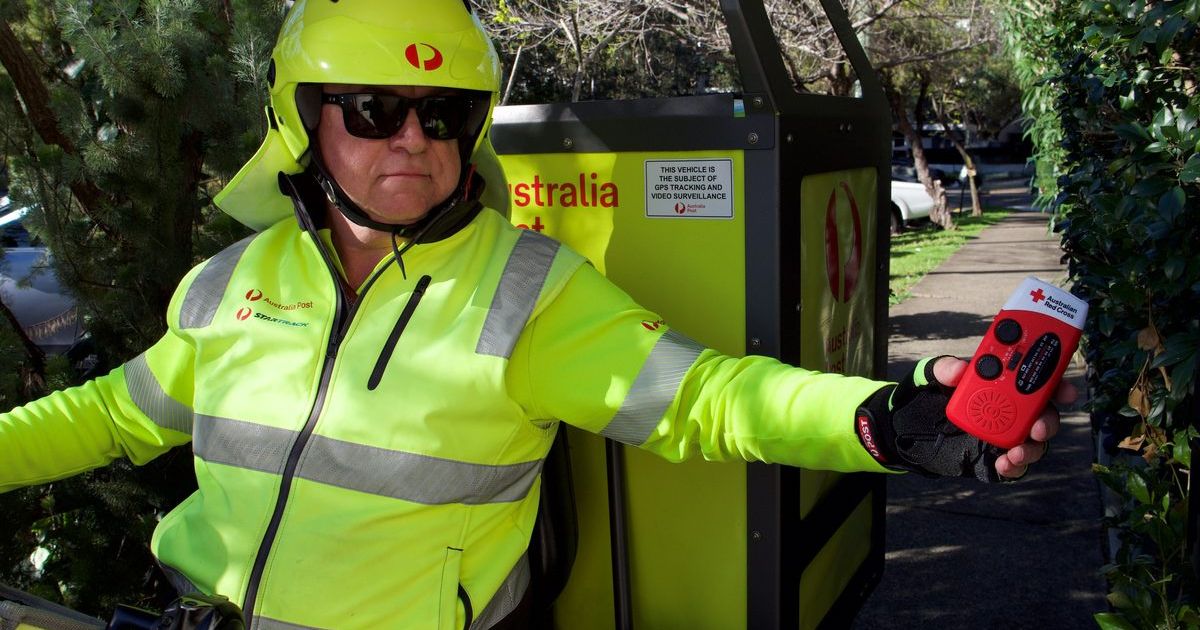From the desk of Roland Rocchiccioli – 9 January

Home brew: Every large regional city had their own brewery. In Bendigo, the Hunter Brothers’ Kent Brewery operated until 1913, when it was taken over by the Bendigo & Northern District Cooperative Brewing. Image: SUPPLIED
Beer loomed large in the lives of kids who grew-up in the heat of the north-eastern goldfields of Western Australia, where the daily summer temperature was 110 degrees in the shade.
THE shanty town of Gwalia lies, as the crow flies, one-hundred and forty-seven miles northeast of Kalgoorlie. Sitting on the edge of the Great Victoria Desert it is the land of the Wongi people. Today, it is one of the few living ghosts towns in the country.
The State Hotel was the town’s only solid redbrick public building It was – as the name suggests – owned by the State Government. It was established in an attempt to stamp-out the town’s sly grog trade, and to provide the several hundred men who worked on the Sons of Gwalia goldmine with a place of entertainment. It was, along with the Anglican and Catholic churches, the AWU Hall, the co-op and the butcher shop, Mazza’s Emporium, and the post office and police station, one of the most important buildings in the town.
Mrs Patroni ran a sly grogshop from her boarding house in the main street. Several times Kalgoorlie police arrived and searched the premises from top to bottom. They knew she was guilty – their informant was a disgruntled boarder who tried to poison her – but they failed to find her stash. She revealed years later, it was concealed in a small dug-out under her bedroom floorboards and covered by a smart Persian rug.
The hotel traded between 10am and 11pm Monday to Saturday, and, by State Government approval, for two sessions on Sunday between 10am and 12pm, and 3pm and 5pm. At midday on Sunday family men made their way home clutching a brown paper bag containing a bottle of beer for Mum, and bottle of lemonade for the kids. Naturally, midday dinner was roast chook. It was Sunday!
Ladies were banned from the main bar. At the afternoon session they gathered in the allocated lounge with its semi-circle brown leather chairs, or in the cool of beer garden to watch the tennis on the red anthill courts, shaded by the giant gum trees and the galvanised iron verandah which the yardman hosed down, regularly. Like the men, the women drank beer, or a shandy, sometimes with a lime dash.
The Gwalia policeman’s daughter, Diane Paterson, and I were violently ill from eating wild hops. We were bilious for several days. Still, I have an intolerance for hops and its by-product. In my life I have had, probably, about half a dozen beers. It is not a drink I enjoy. Even the smell is too overpowering for my constitution. I suspect, subconsciously, I remember the endless vomiting from the wild hops. I can still hear my mother, Beria, telling the doctor, “He’s green around the gills!”
Each state drank its own brand of beer. On the goldfields it was strictly Emu bitter, and Hannan’s, which was made in Kalgoorlie and named after Paddy Hannan who first discovered gold on the richest mile of gold bearing dirt in the world. Also, there was Kalgoorlie stout, which was used for a black and tan – a mix of equal parts of beer and stout.
The empties were stacked on the heap and sold to the bottle-o for sixpence a dozen or recycled and filled with phenyl for the lavatory, or Swan Valley Muscat syphoned from the 10-gallon oak barrel. I reckon I drank more than went into the bottle and some days of my childhood are a total blank.
The glossy, coffee table book, Australia’s Beer Posters, compiled by Michael Bannenberg, is published by Wilkinson Publishing. The author’s valuable, important collection is printed on semi-gloss, satin paper with glorious colour plates; a reminder of times past and some of the beers which now have, sadly, disappeared from our lives. Many are included in this magnificent publication and for those of age, it will stir a memory.
Roland can be contacted via [email protected].


















